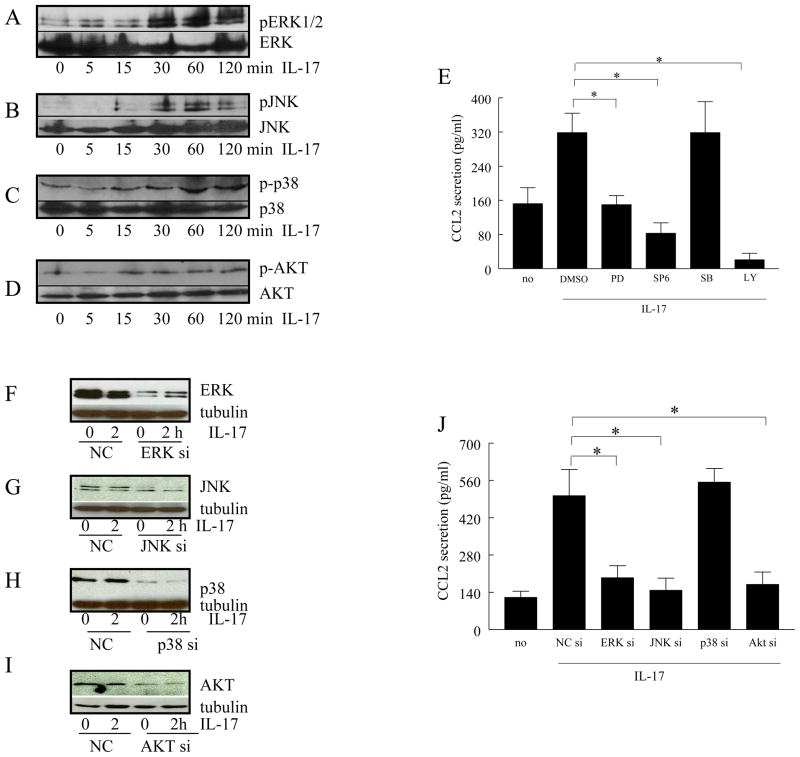Figure 5. In RA synovial tissue fibroblasts, IL-17-induced CCL2/MCP-1 production is modulated by PI3K, ERK and JNK pathways.
In order to determine the mechanism of IL-17 activation in RA synovial tissue fibroblasts, cells were stimulated with IL-17 (50 ng/ml) for 0–120 minutes, and the cell lysates were probed for, p-ERK (A), p-JNK (B), p-p38 (C) or p-AKT (D). To examine which of the signaling pathways were associated with IL-17-induced CCL2/MCP-1 production, RA synovial tissue fibroblasts were untreated or treated with inhibitors to ERK (PD98059; 10 μM), JNK (SP600125; 10 μM), p38 (SB203580; 10 μM), or PI3K (LY294002; 10μM). Cells were subsequently activated with IL-17 (50 ng/ml) for 24h and the conditioned media was collected in order to quantify the levels of CCL2/MCP-1 employing ELISA (E). To determine that siRNA for each signaling pathway could effectively reduce the IL-17 signaling, siRNA for ERK, JNK, p38, AKT, or control siRNA were transfected. After 48h, the cells were treated with IL-17 for 0–2h. Cells were then probed for ERK (F), JNK (G), p38 MAPK (H), or AKT (I) (1:3000 dilution) and reprobed for tubulin (1:3000 dilution). IL-17-induced CCL2/MCP-1 production was determined by ELISA in RA synovial tissue fibroblasts transfected with siRNA against ERK, JNK, p38 MAPK, AKT, or specific or non-specific control siRNA (J). These results are representative of 3 experiments.

